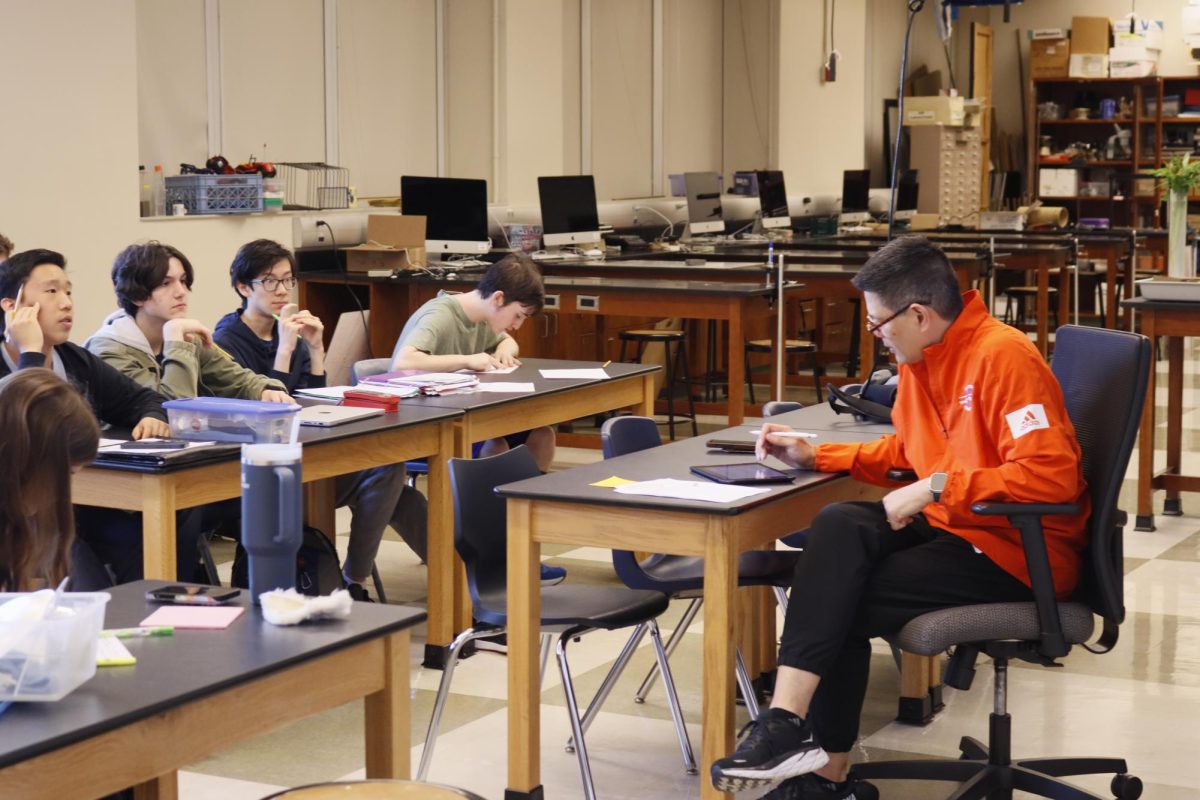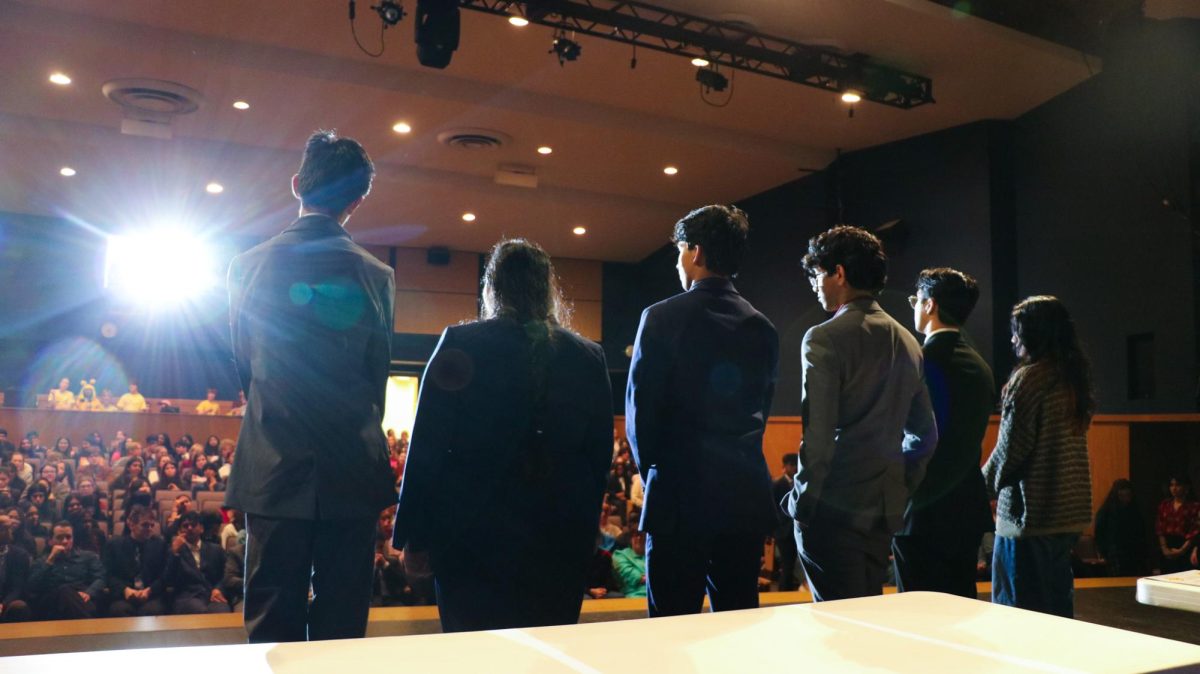
Â
Across the world, 900,000 children wake up each morning with at least one parent deployed in the military, according to The National Child Traumatic Stress Network. Jack Snodgrass, freshman at Clayton High School, was among those adolescents.
Jack’s father, Staff Sergeant Scott Snodgrass, works on aircrafts and computer systems for the Army National Guard.  Scott went into the army for the second time when his son was in third grade.
“I remember that I was really proud,† Jack said.  “I was excited that my dad would be part of something like that.â€
Along with the excitement, however, came worry. Â In 2009, Scott Snodgrass was deployed to Kuwait for one year. Â This was very hard on the Snodgrass family, as well as the other hundreds of thousands of families across the United States, who have an immediate family member actively deployed.
The US Army Community and Family Support Center’s research states that 48 percent of spouses do not cope well with their loved one’s deployment.
“My stepmom would be all alone when he [Jack’s father] went to Kuwait,†  Jack said. “That was really troubling for her because she missed him a lot.â€
The Snodgrass family also found it to be hard at times when Jack’s father was away.
“It was really saddening because we’d miss him alot,† Jack said. “Other days we’d tried to forget. But when, especially when we’d needed him a lot it’d be sad to think that he wouldn’t be there.  We would hope he’d make it back safe.â€
Like any family member, Jack was naturally concerned when his father was halfway across the globe in Kuwait.
“What if he would’ve died or something?  That would have majorly affected me,†Jack said.
As stated by the NCTSN, over the last decade, more than 10,000 children have lost an immediate family member involved in the military.  Although Jack’s father survived Kuwait, he had a close encounter with extreme danger.
“My dad told me a story that he was under fire by some people who lived there [Kuwait],’’ Jack said. ‘’No one got hurt or anything, except for the people that were firing.  When he told me that story, my heart stopped.â€
After a year of deployment, Scott Snodgrass returned from Kuwait, and has since stayed in the US.
Edan Critchfield, a psychologist for the US Army, has a unique perspective because his profession involves understanding how humans react in their environments. Â When he was deployed, he was placed in a challenging environment and assisted the soldiers who struggled with being away from home, among many other things.
Critchfield discussed what it was like for him to return to his wife after being stationed in Baghdad, Iraq.  “It’s definitely an adjustment process when you haven’t seen each other for a year, so it takes a little while to get to know each other again,†Critchfield said.  “She also took over a lot of the roles as far as paying the bills and taking care of all the family matters.  So it took awhile for us to get our routine back.â€
The Sloan Work and Family Research Network’s investigations show that 56.6 percent of active military members have a spouse.  For many, the decision to leave their everyday lives to protect the country, is difficult.
Â
“It was tough to leave my wife here in Texas and everything else that we had going here. She was left here to fend for herself,’’ Critchfield said.
In between being deployed in Iraq, Critchfield was also stationed in Houston, Texas and Fort Drum, New York. Â His wife, who Critchfield had married two years before becoming an active member of the military, would have to relocate with her husband whenever he would move.
The Population Reference Bureau stated that military families move 2.4 more times on average than families not involved in the military.
Although Jack Snodgrass said that he has not been affected negatively with his father being in the army, many children of the army can struggle with having their parent(s) deployed and away from home.
As stated by the Comfort Crew, an organization that helps children cope with their parent(s) or loved ones absence, depression is seen in about one in four children with loved ones in the armed forces.
According to the Naval Health Research Center, 52 percent of military recruits have at least one parent who serves or has served in the United States Military.
Jack Snodgrass is hoping to follow in his dad’s footsteps.  Jack says he is planning to become a naval pilot through Reserve Officers’ Training Corps (ROTC).  Similarly, Jack’s older brother is in the ROTC at Ole Miss.
Through the eyes of a soldier, although leaving home was saddening, it was well worth it in the long run to Critchfield.  “As far as, making sure that other people in the world are safe, it’s a small price to pay for bigger and more important things,†he said.
Through the eyes of an adolescent, having a family member in the military was very difficult for  Snodgrass at times.
“The toughest part was thinking that if he’d go to the Middle East again, the thought of him not coming home … it would just devastate me,†Snodgrass said.  But despite his worries, he ultimately feels very proud of his dad.  “I believe the best part is having the ability to say that my dad is in the military.â€












